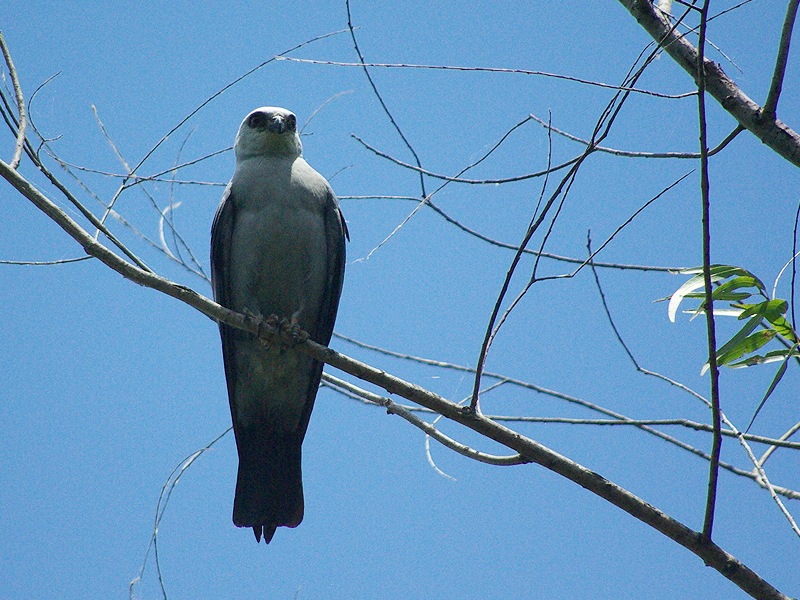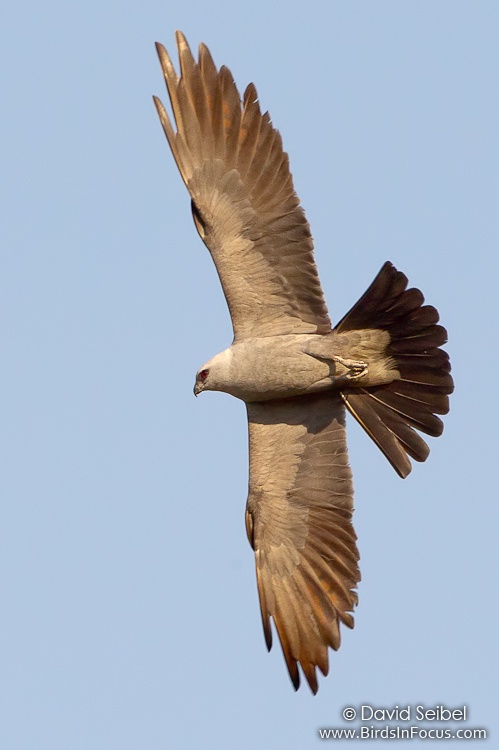

Grasslands and open areas are important for certain animals species – mainly ground-nesting birds or raptors with grassland prey. Some open land includes Pennsylvania's surface mining. The grasslands are mostly agricultural farms but they also include natural barrens or parks, golf courses, lawns and sports fields. Homes also bring domestic animals like cats and dogs which prey on forest animals.Ībout 1/4th of Pennsylvania is covered by different types of grasslands and open areas. One statistic suggests that more than 4 million birds die each year by striking windows. This is very dangerous for birds that fly low through the trees to escape predators.
MISSISSIPPI KITE BIRDS PA WINDOWS
For example, the windows in forest homes reflect the forest. These disturbances can affect populations of animals in unexpected ways. People are also exploring further into forests on off road vehicles and mountain bikes.

People are building more homes out in the forest which fragments habitat (breaks it into smaller pieces). Though many forests are actually recovering from logging and clear cutting of past centuries, forests are still under pressure from development and use. Other animals found in forests and on the edges of forests in thickets include black bears, cottontail rabbits, wild turkeys, nuthatches, warblers, bluejays, red-eyed vireos, ovenbirds, sparrows, red squirrels, barred owls, northern goshawks, red-shouldered hawks, pileated woodpeckers, and pine martens. The coniferous trees include hemlock, white pine, red pine and red spruce. Coniferous forests make up a smaller portion of the Pennsylvania forests, but are important for the animals that winter there like, white-tailed deer, ruffed grouse and black-capped chickadees. Other common deciduous trees are black cherry, red maples, aspen, birch, ash, and elm, silver maple, sycamore, black willow, river birch, pin oak, ashes, hawthorns and box elder. The next largest forest type are northern hardwood forests. About half the deciduous forests are oak-hickory forests. Different kinds of deciduous forests are named by the dominant trees that live there. Forests cover more than half of Pennsylvania and more than half of those are deciduous.


 0 kommentar(er)
0 kommentar(er)
